In the previous six posts in this series, I have attempted to give readers an idea of what went on behind the scenes for Museum staff as we developed our Final Mission: USS Tang Submarine Experience exhibit. In the last post, I described the long, all-night programming sessions for the 360-degree video screen that immediately preceded the exhibit’s opening. In this post I hope to bring two final ideas forward for readers. First, I hope to pique the interest of people who have not seen the exhibit by showing them the first glimpses our staff had of the exhibit’s major show treatment. Second, I hope to convey why, despite the many compromises and hard decisions that must be made during exhibit design, this exhibit retains special meaning for those who worked on it.
As previously noted, we knew there were two major challenges in constructing a submarine exhibit for the public. First was the spatial challenge of creating an exhibit that would have the feel of the interior of a submarine within the limitations of the Americans with Disabilities Act. However, in my opinion the second and far greater challenge was to convey a complex story and create a personal connection for visitors unfamiliar with submarines and the Tang’s story. Our goals were to create an experience that would enable visitors to imagine the fate of being a sailor trapped within a sunken submarine, and then inspire in our visitors a sense of honor toward the men who had performed these acts in war and given their ultimate sacrifice for their country.
In the first and second posts in this series, I showed how we used the USS Ling as a model to create fabrications for the interior of the exhibit by The Taylor Group in Toronto. What I did not share from our visit to the Toronto exhibit mock-up was how we envisioned the main story line would unfold on a 360-degree video screen projected over the heads of the audience.
In this series of photographs taken for personal reasons to document the work in development, one can get a sense of the excitement we all experienced when we realized our concept could work. In the first photo, my colleague Paul Parrie (team coleader and head of the creative side for the exhibit) stands on a ladder in a Toronto warehouse to get a better view and understanding of the screens and projector systems we would have to install in the exhibit space. In the next photo, staff from Gallagher and Associates, The Taylor Group, Cortina Productions, and Museum staff view the video projection from different parts of the exhibit mock-up. The next photo shows a brief projection of a Japanese merchant ship in the convoy that Tang attacked on the night of October 24–25, 1944, giving a sense of the visual experience. And in the final two photos, one can see the proposed treatment where the Tang’s bow (and stern) would appear to visitors so that they would be able to reference what was happening around them in the battle.
From that brief piece of repeating computer-generated images—showing ships and a submarine on the surface of a moving sea—we launched upon a year of heavy work. We worked with official naval documents, maps, submarine and ship models, choreography of the battle, storyboards, scripts, rough cuts, and fine cuts all the way to the complete production.
The following gallery contains images that cannot tell the entire story of what we did, but it can give readers a few glimpses of the resources we used and created, and the tremendous effort and motivation of our team. In the first photograph, one can see a copy of an official Navy document from after the war resting on a chair in the exhibit mock-up in Toronto. The second image is a copy of that document where readers can more clearly see its depiction of where Tang was damaged by her last torpedo (including an image of Tang’s bow protruding above the surface), and how the 312-foot submarine came to rest on the ocean floor in 180 feet of water. The third image is a drawing done by the Cortina Productions staff geometrically mapping out the battle and action so we could understand the movements of the ships, submarine, and torpedo shots to translate those movements onto the 360-degree overhead video screen. In the drawing, one can clearly see the intricate timing and distance calculations made by the Tang’s crew. (Note: Those two images are the only images that are not my photographs.)
The next three photographs convey why Tang and her crew are so worthy of remembrance and recognition. The first is a panel showing the results of Tang’s five war patrols (five confirmed kills, followed by rescue of 22 American aviators, followed by patrols resulting in five, 10, and 13 confirmed kills). Next is a photograph of the front of the exhibit based on a photograph of Tang leaving Mare Island, out of San Francisco Bay, with young members of her crew poised on the top of the sub heading to the Pacific to seek out and destroy the enemy. The third is a photograph I took at 6:48 a.m. on January 10, 2013, exiting a long night of programming in Final Mission on the day we would welcome VIP visitors for a first look at the new exhibit. Even though klieg lights in the space affected clarity, I wanted to document the moment: The exit wall was complete, with the faces and names of the entire crew there for visitors to confront, look into their eyes, and connect with these brave men across an ocean of space and decades of history.
There is one final photograph I snapped only a few hours later that morning that I think is the most important of the entire experience creating Final Mission. Our VIP visitors that morning were Marcia and Jim, the son and daughter of the Tang’s only captain, Richard O’Kane, and O’Kane’s wife Ernestine. In the photo, our guests have just experienced the exhibit and exited past the crew wall for the first time. Jim and Marcia’s spouses are on the left side of the frame, while Jim and Marcia stand on the right side of the frame with their backs turned to the camera. They’re speaking with members of our team (from left to right facing Jim and Marcia, they are historian Tommy Lofton, team coleader and creative team leader Paul Parrie, Jonathan Foucheaux of the Solomon Group, and historian Seth Paridon). Richard O’Kane passed away in 1994, 50 years after the Tang’s tragic sinking. Escorting Captain O’Kane’s grown children through Final Mission was an honor that created memory and gratitude not only to their father, but to all of the crew members who served with him.
As visitors today exit Final Mission, we hope they stop and really look into the faces of these young men, 78 of whom never had the opportunity to become husbands and fathers. And we hope that all our visitors connect their “watch bill” card (detailing a Tang crew member) to one of the crew photos on the wall and vow: None of you are forgotten, and all of you are missed.
Notes: This is the seventh and final post in a series revisiting the making of the interactive exhibit Final Mission: USS Tang Submarine Experience. Read Part One. Part Two. Part Three. Part Four. Part Five. Part Six. In a parallel series of The Words of War posts, Dr. Huxen is exploring books about submarine warfare during World War II. Read Part One of that series. Part Two. Part Three. Part Four. Part Five. Part Six. Part Seven.
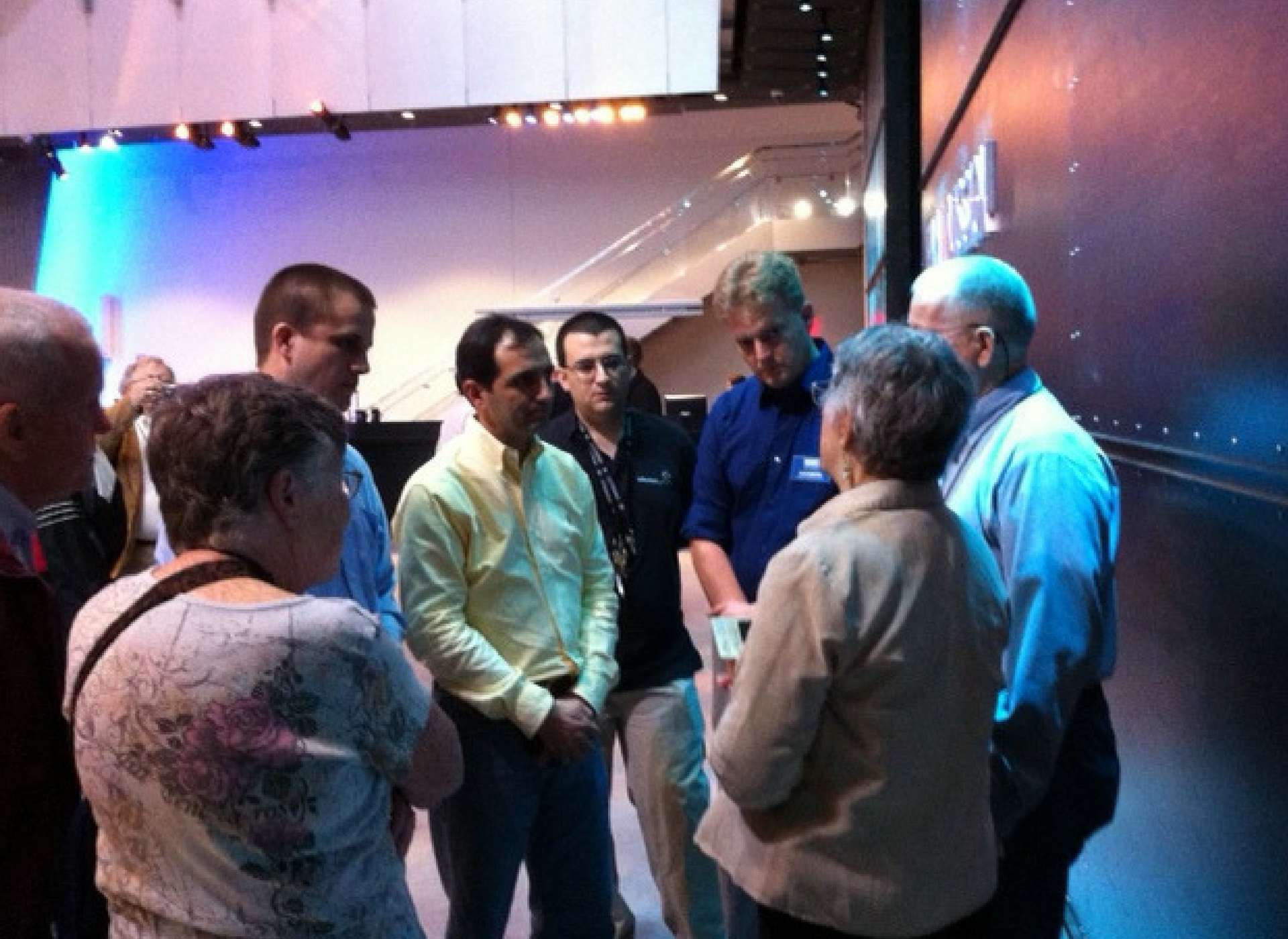
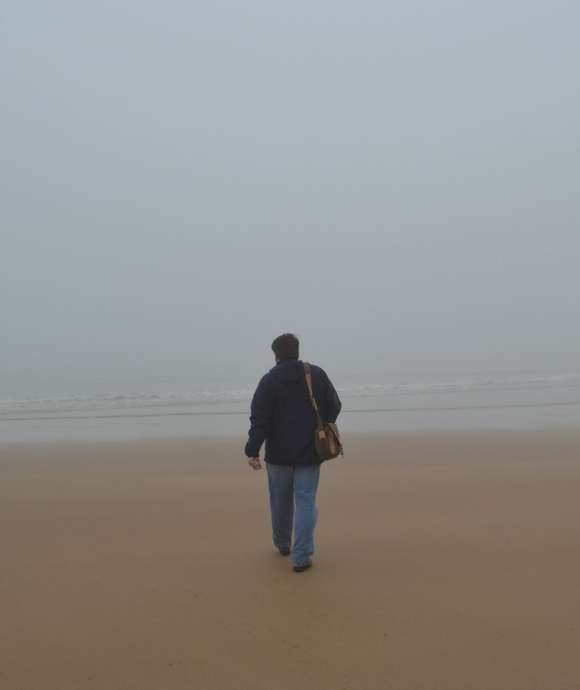
"No matter one’s age, travel is a unique and exciting educational experience. In my work, I have had the opportunity to reflect on history, events, and people in the places where they experienced life. Through the viewfinder, we can not only find history and perspective, but create memory, and evoke our evergreen past."
– Keith Huxen, PhD, Senior Director of Research and History, The National WWII Museum
Keith Huxen
Keith is the former Senior Director of Research and History in the Institute for the Study of War and Democracy at The National WWII Museum.
Cite this article:
MLA Citation:
APA Citation:
Chicago Style Citation:
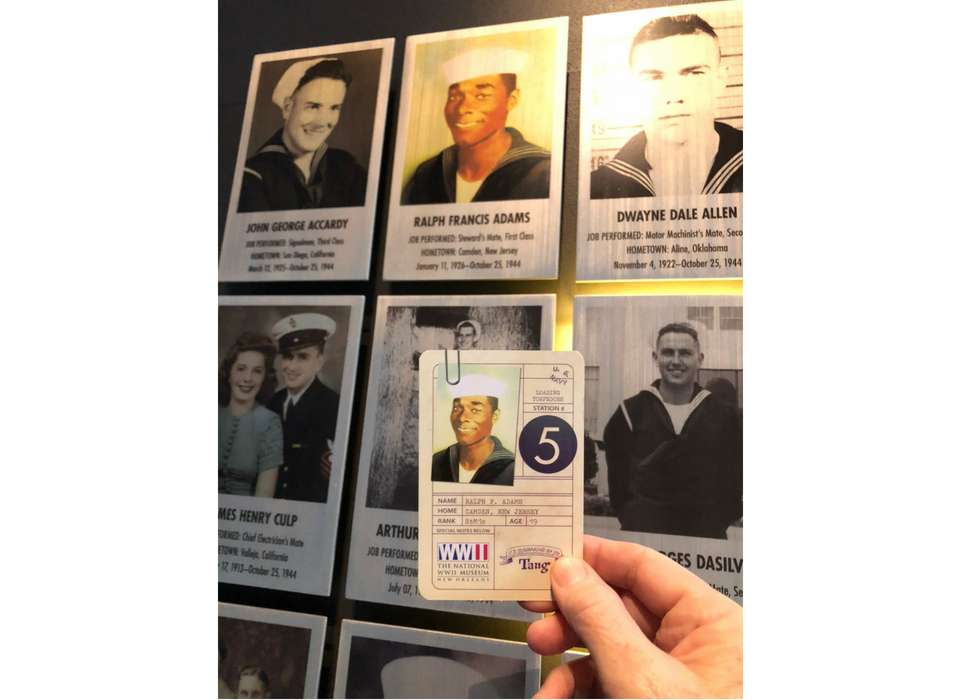
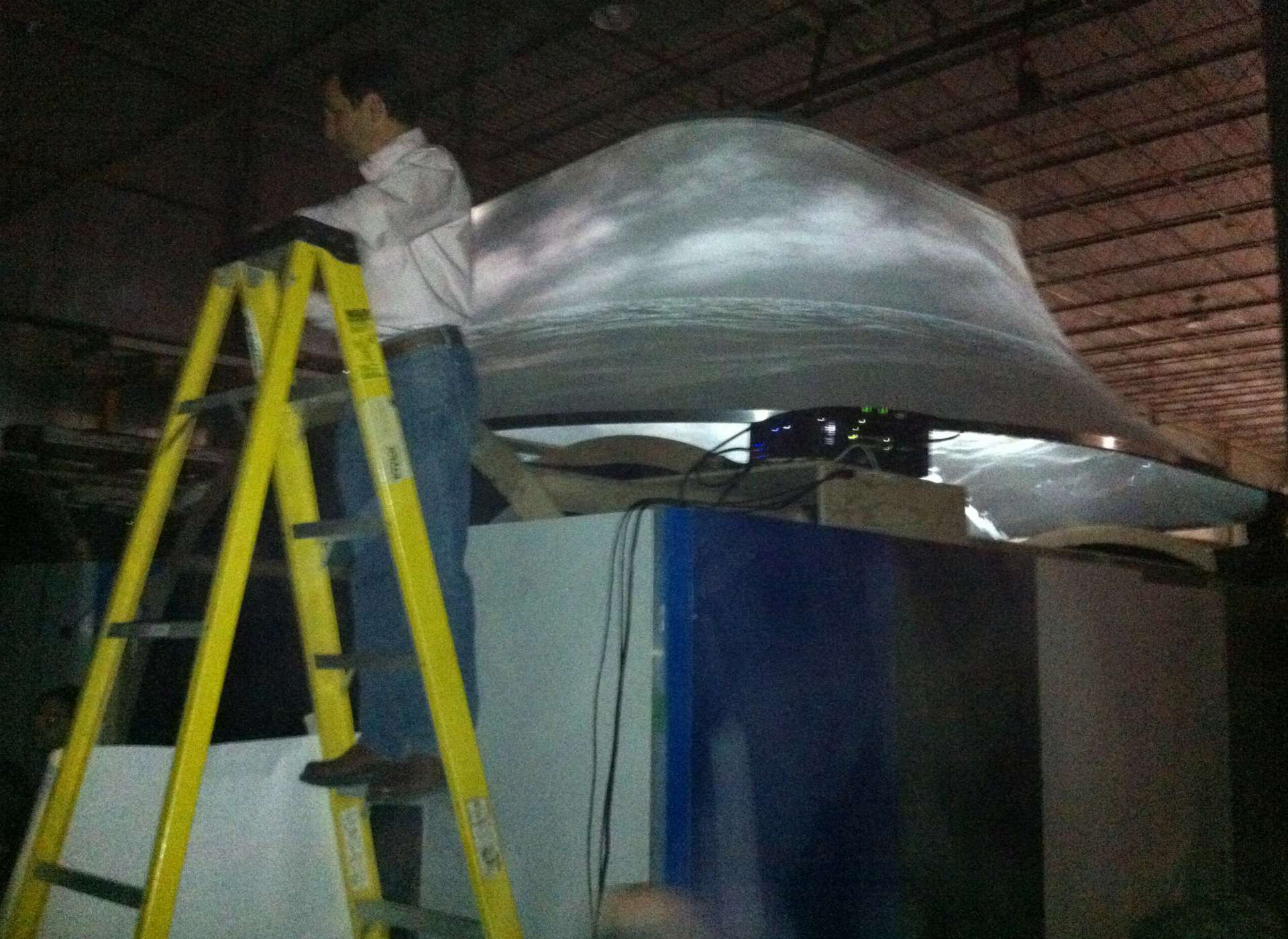
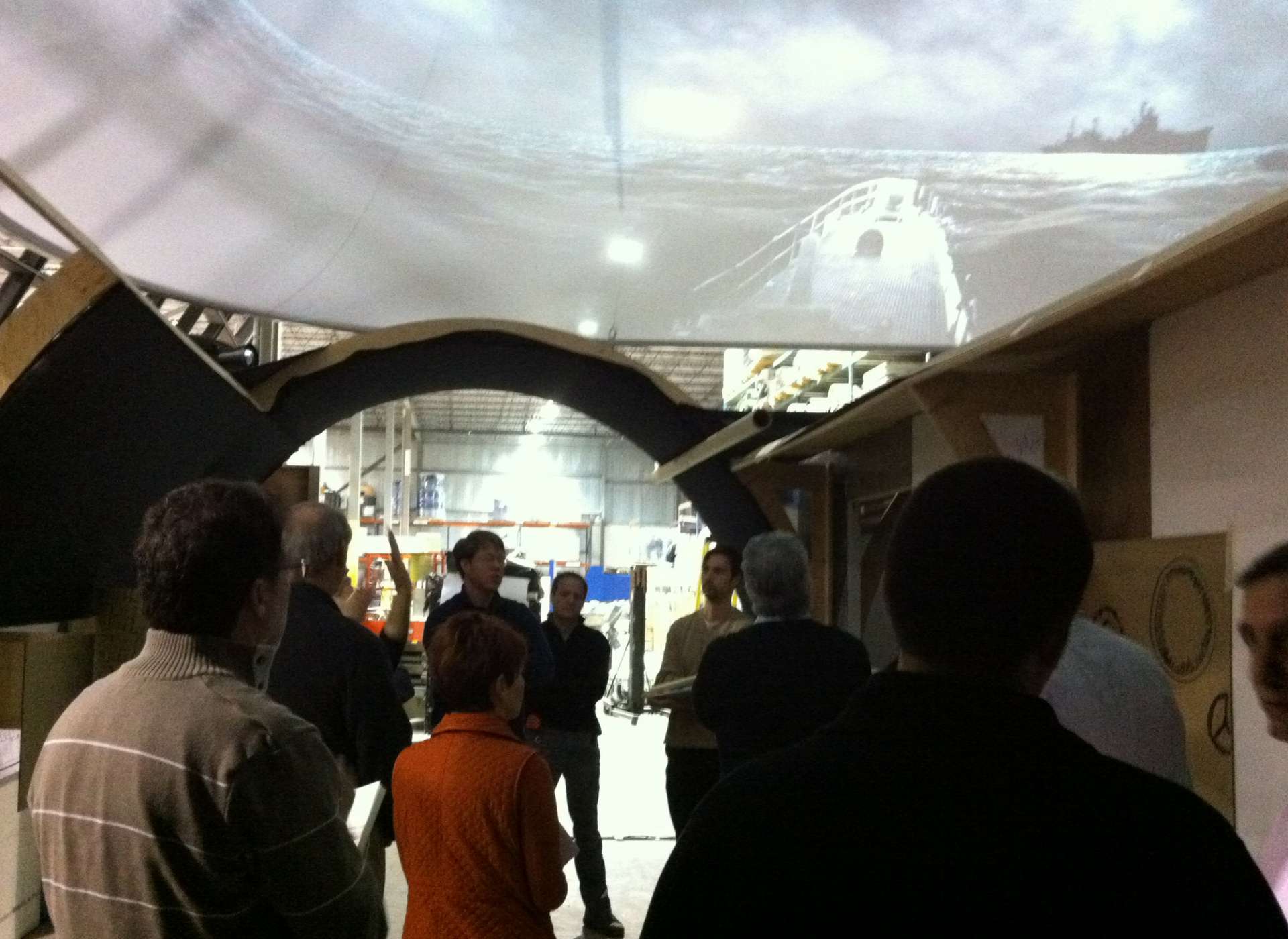
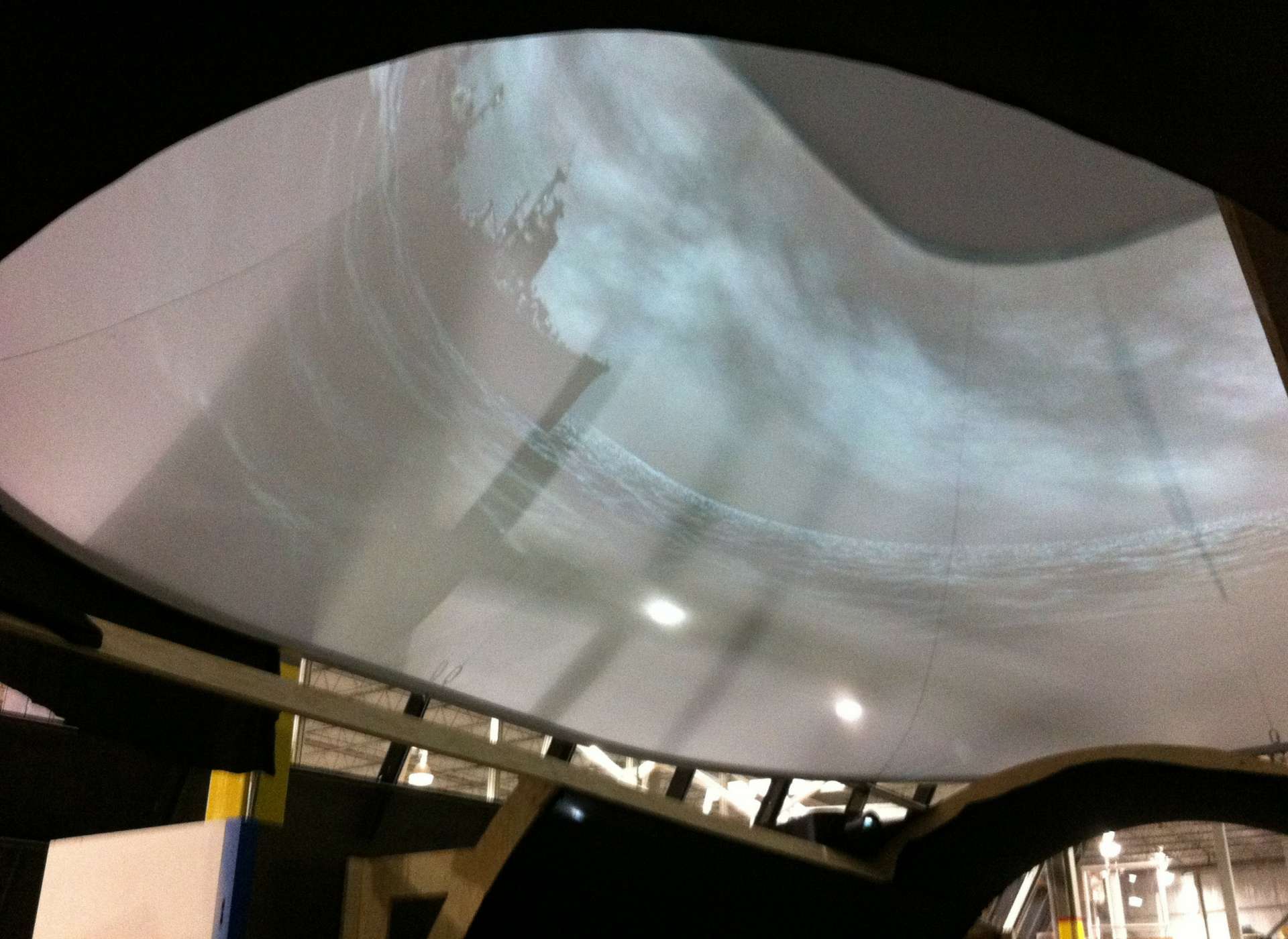
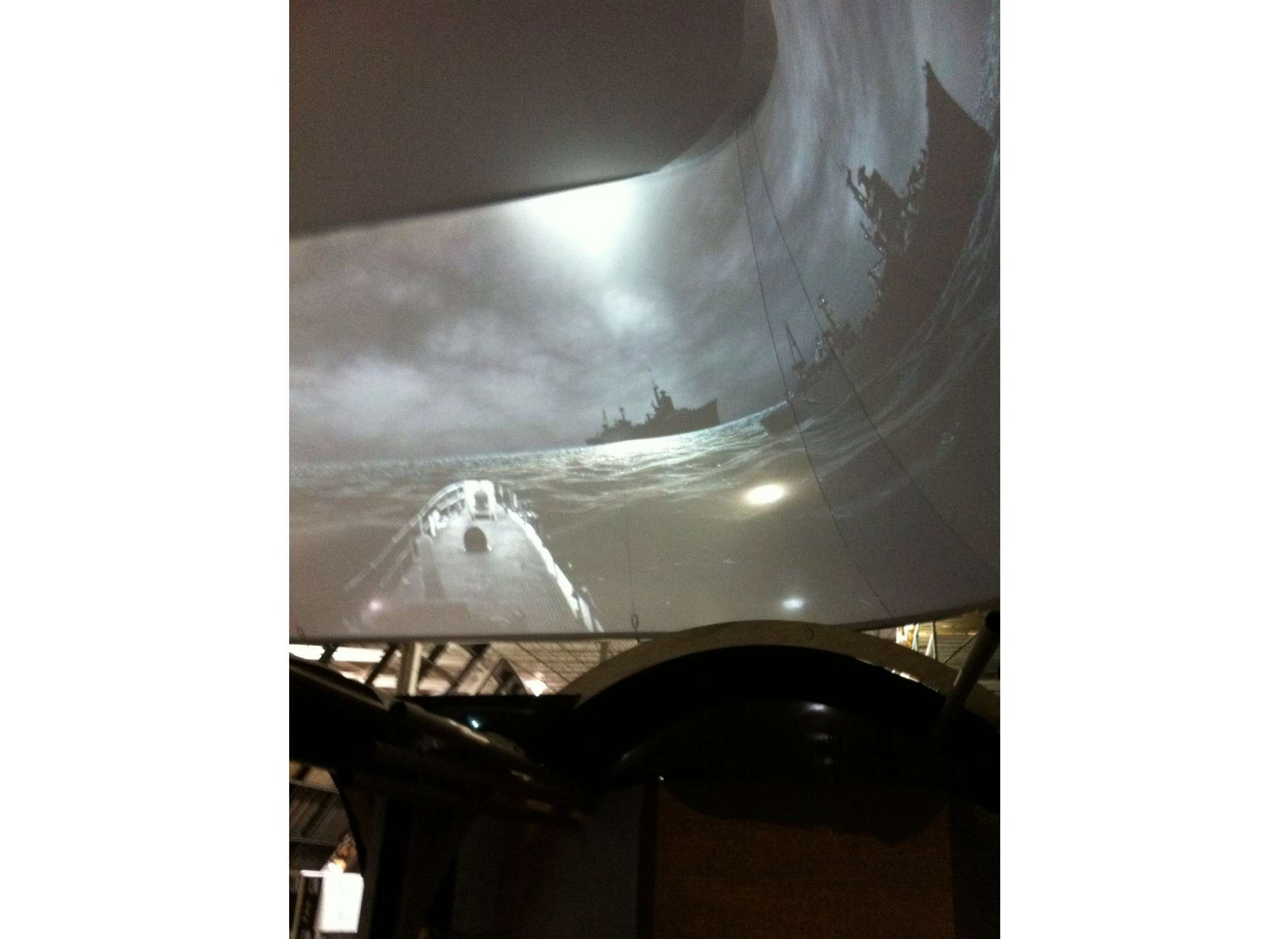
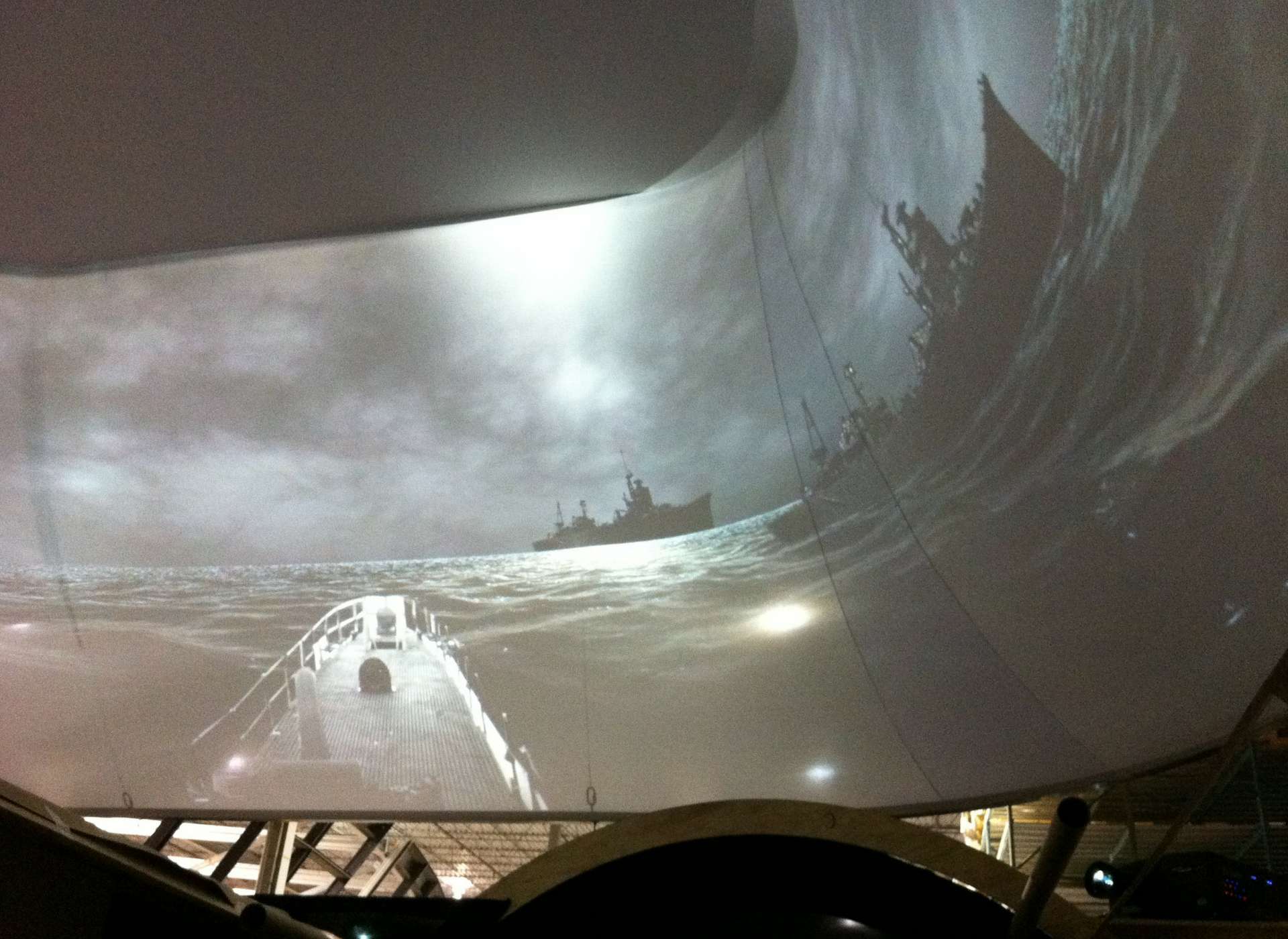
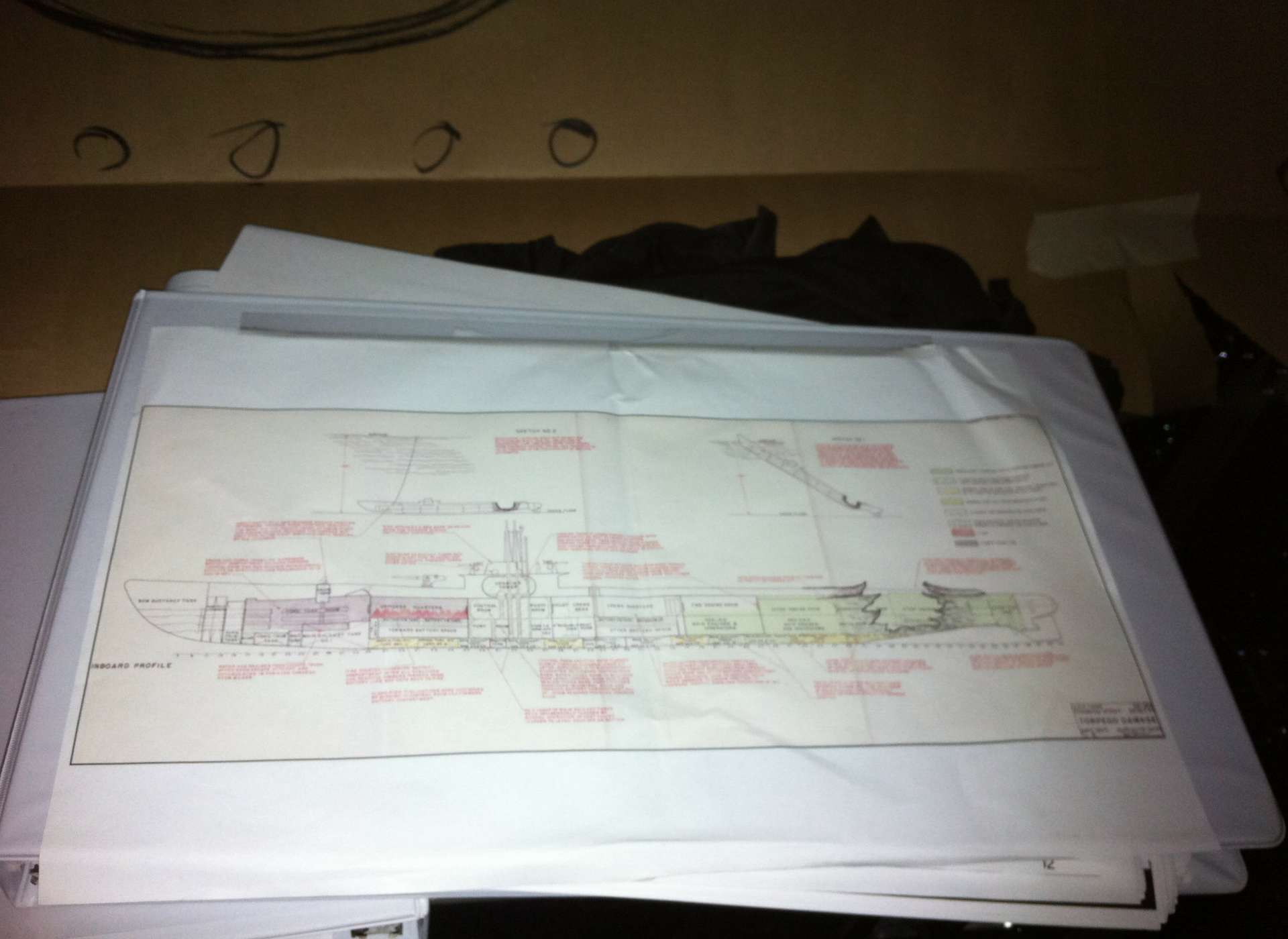
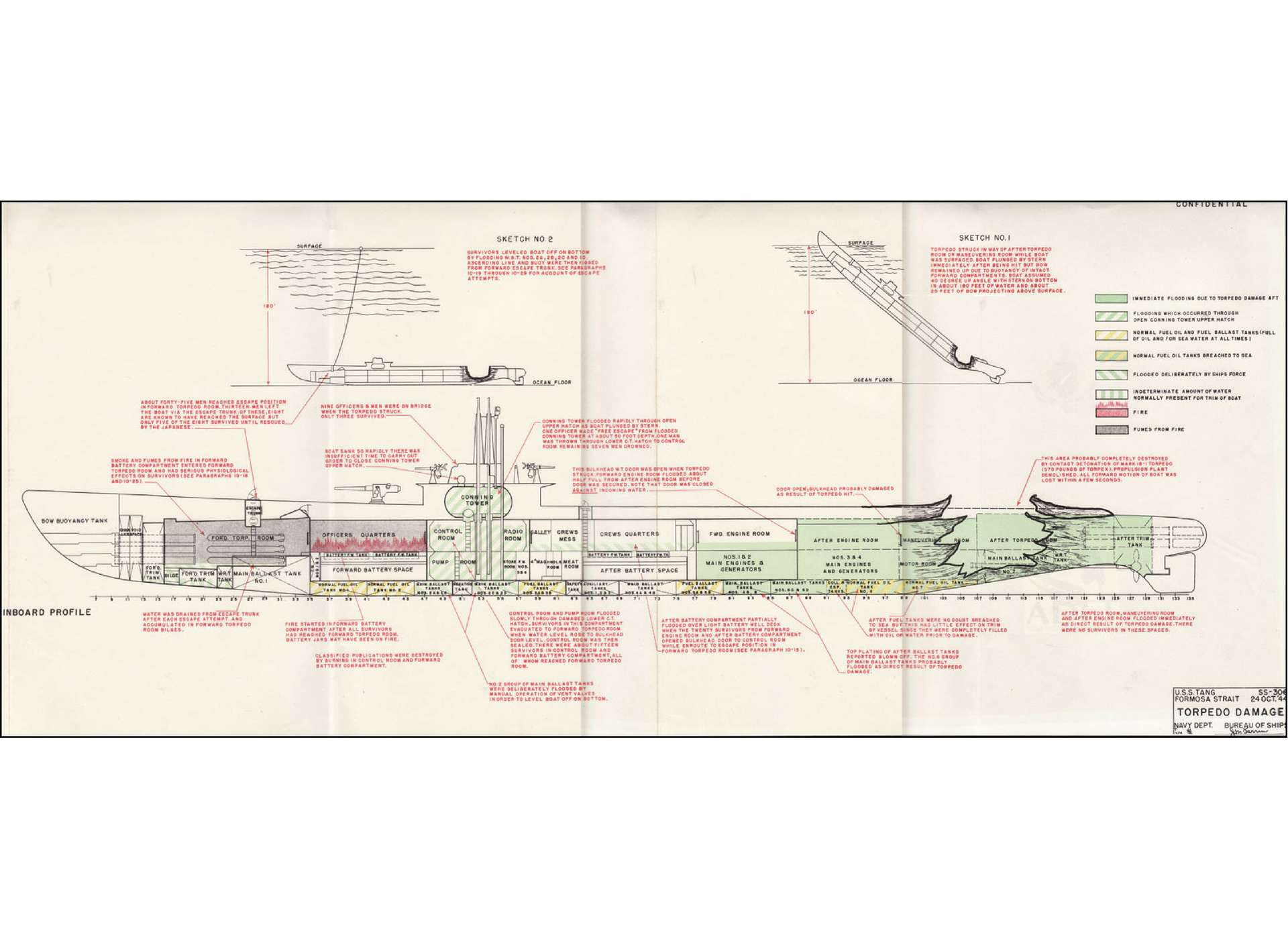
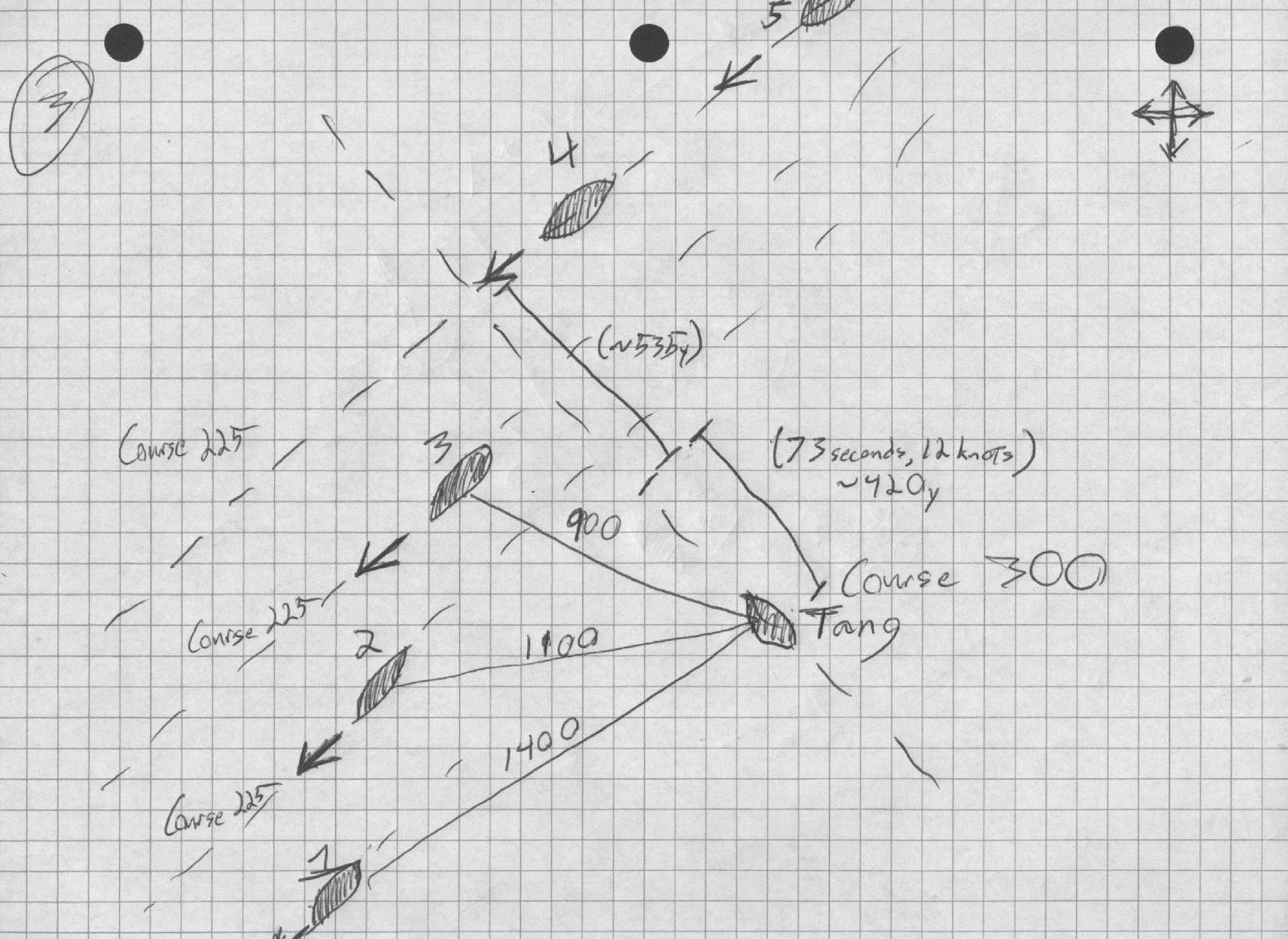
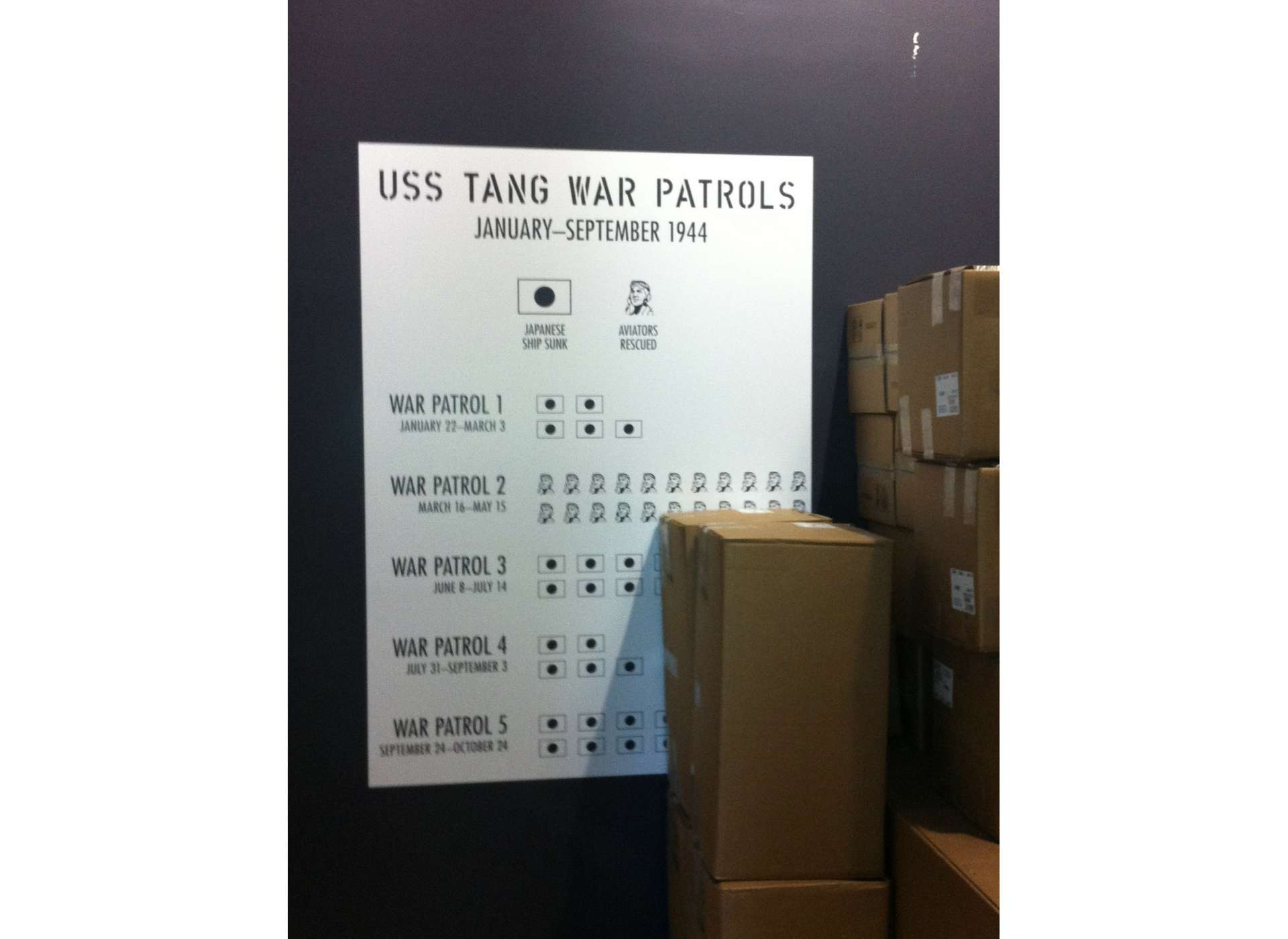
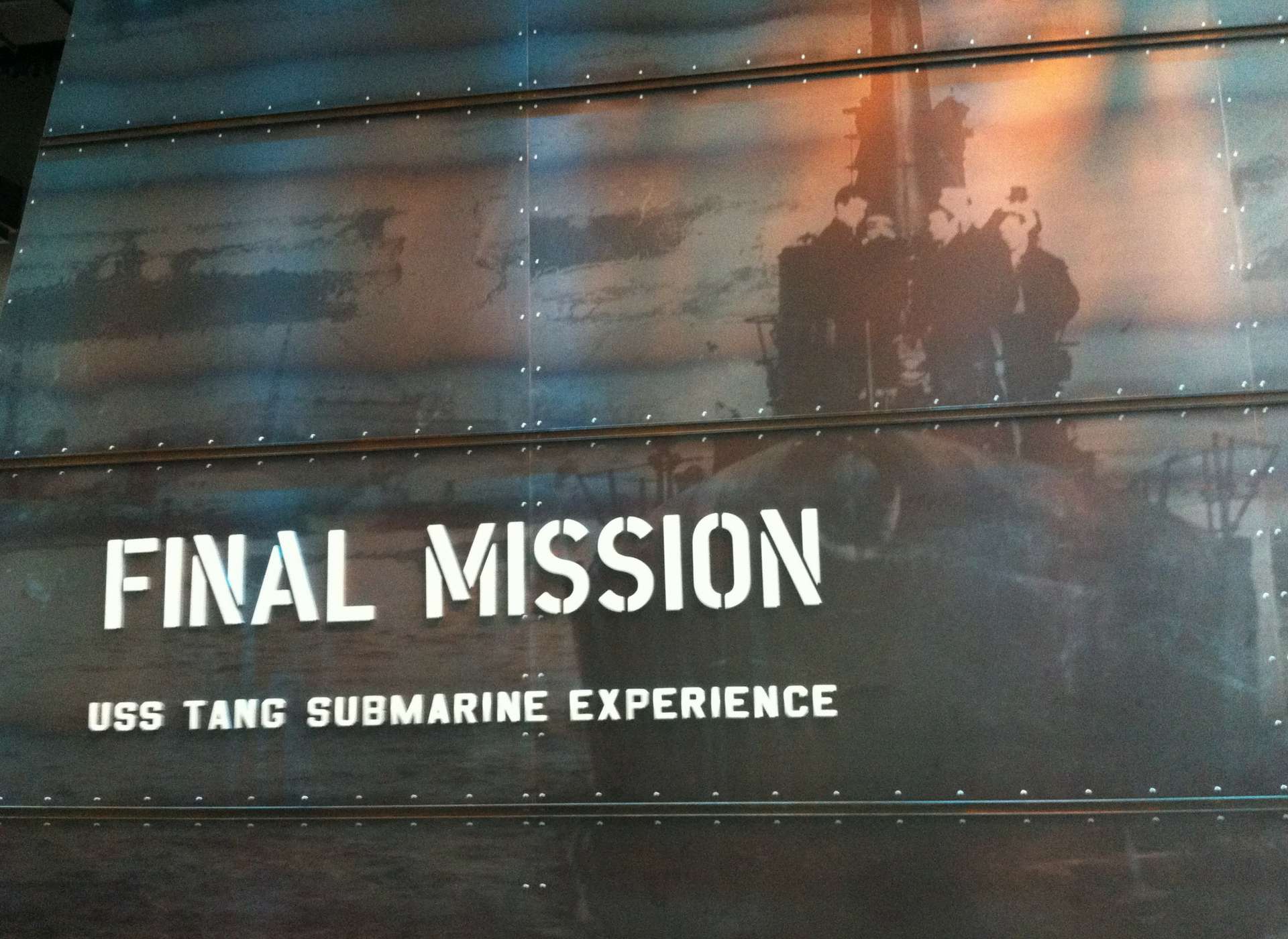
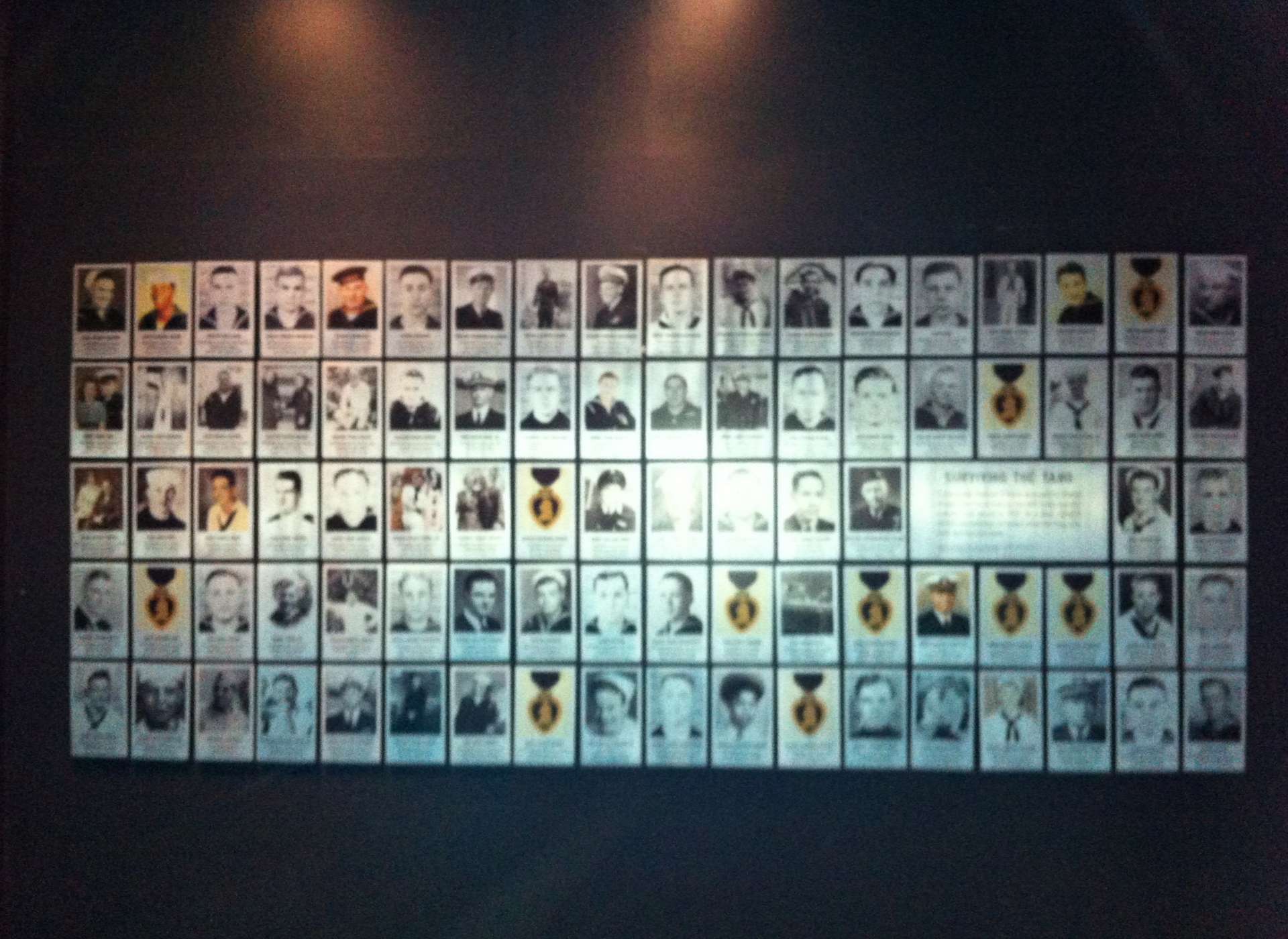

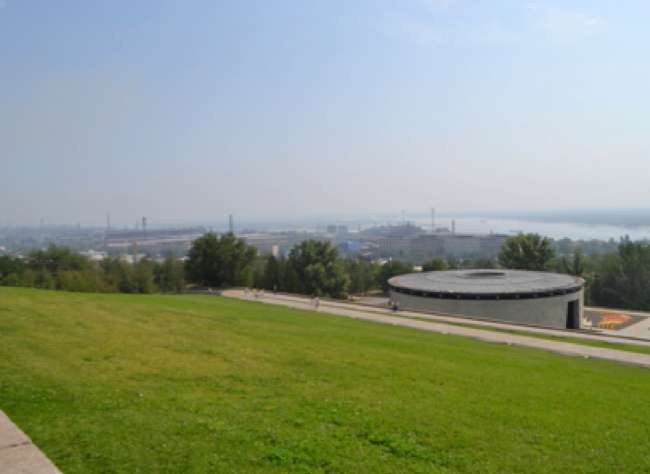
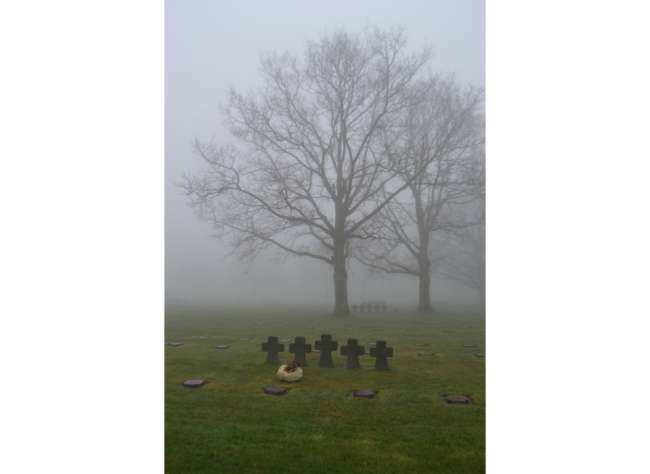






![Max Fuchs, New York City cantor, sings as Rabbi Sydney [sic] Lefkowitz, Richmond, VA, conducts the first Jewish services from Germany.](/sites/default/files/styles/max_650x650/public/2025-10/image1.jpg)

